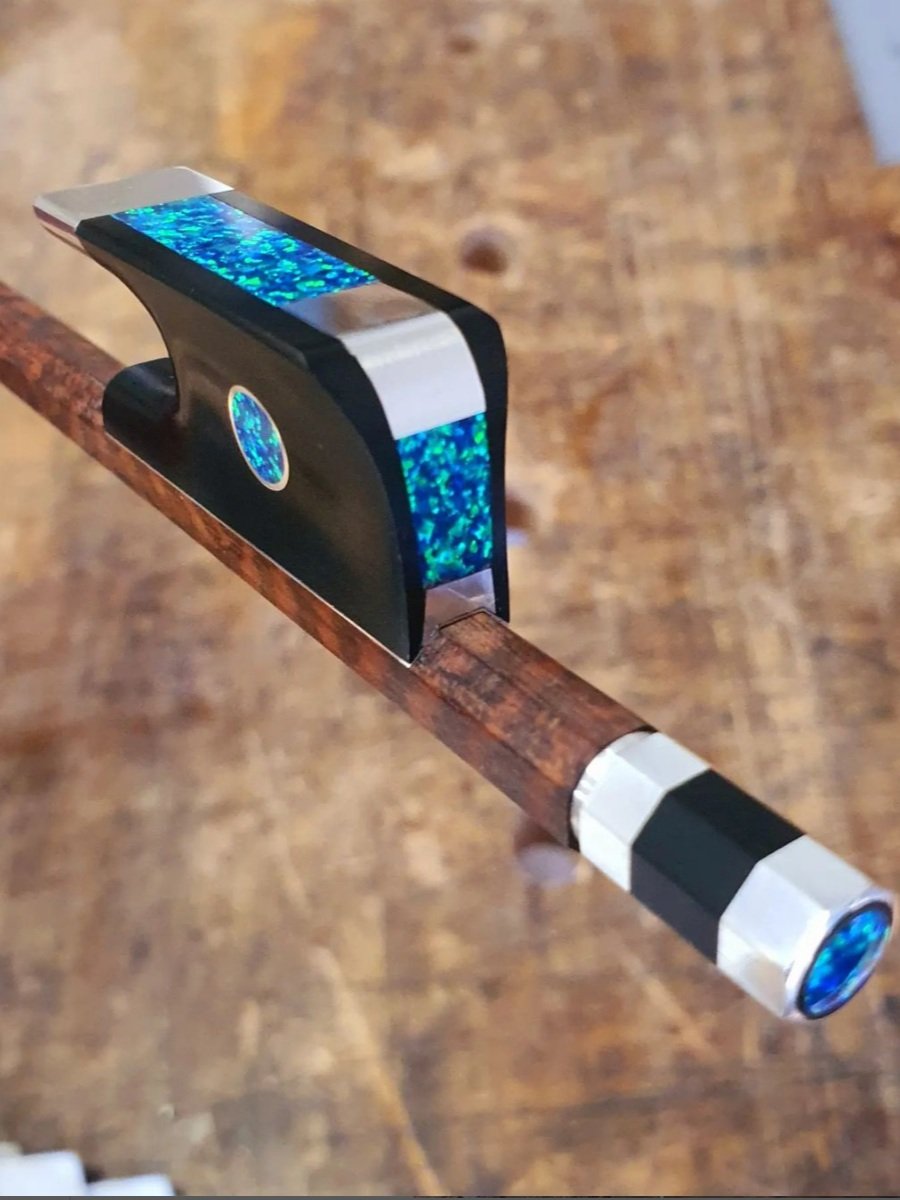Do you use Tasmanian timber?
Georgia Sutton
It is one of the questions I am asked most often in the atelier. The curious tourist wanders into the workshop, drawn in by the smell of varnish, the trail of curly wood shavings and the warm timber glow of the instruments and bows. They take a moment to look around and then they ask the classic questions which have become almost inevitable. Firstly they cast a hand around the racks of instruments hanging and ask " DId you make all of these?", then its "Do you use Tasmanian timber?" and often, the last question is " So, what is your real job?".
My answer to the Tasmanian timber question has been, largely " No.". I did build a couple of instruments from King Billy Pine and Blackwood some time ago, but the tonal qualities of traditional, quarter sawn, maple and spruce from Europe, air-dried for a decade and selected with love by my German supplier is very hard to beat.
I have also trialed several Tasmanian species for bow making: Musk, Horizontal Scrub, Native Olive, Mountain Tea Tree, Dog Wood and She-oak, but none of them is strong enough. The need to replace Pernambuco, the endangered Brazilian rain forest timber used in traditional bow making, is ever-growing as the USA CITES authority cracks down more and more on listed products entering US borders. It would be incredible to find a timber with equivalent strength and flexibility in Tasmania - a sustainable replacement.
Tasmanian timbers are extraordinarily beautiful and I am very pleased to use them in my work. I have hand carved these stunning double bass tailpieces from Tasmanian Blackwood. These stunning tailpieces are significantly lighter than standard models. This, together with the superb wood selection, results in a superb tone with quick response and projecting sound.
Philip Smith is an Australian Instrument and bow maker living and working in Hobart Tasmania.
VIOLIN VIOLA CELLO DOUBLE BASS BAROQUE INSTRUMETNTS & BOWS
